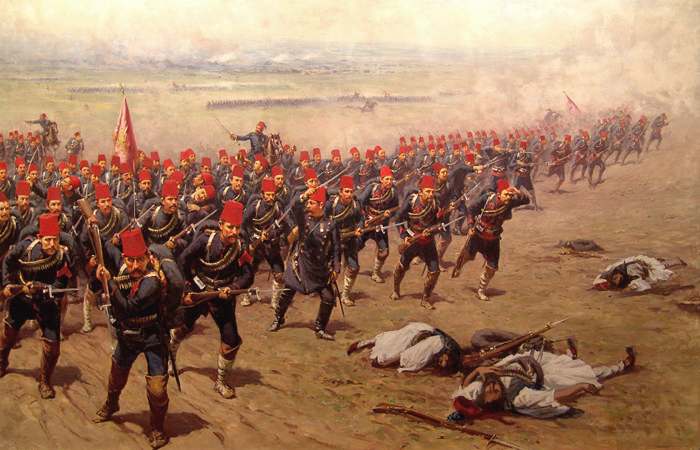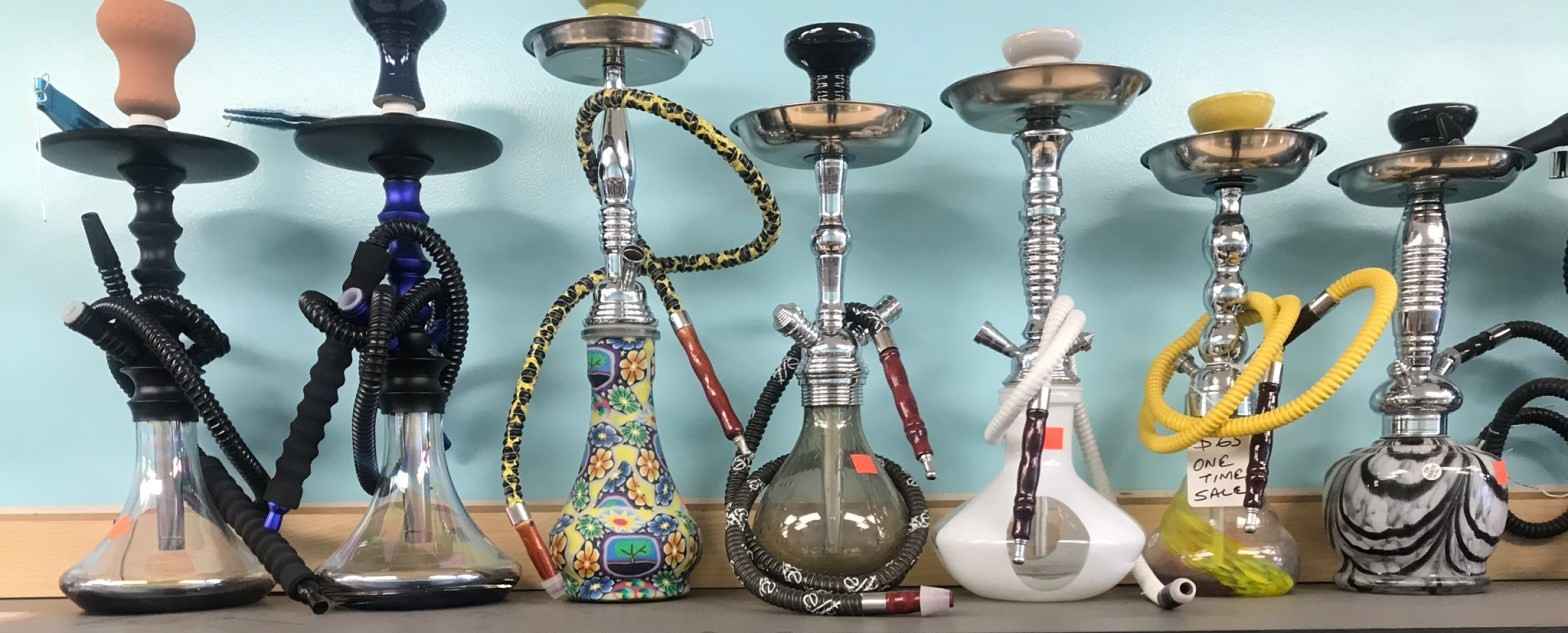The grand tapestry of the Ottoman Empire, interwoven historical intricacies and cultural opulence, invites us to explore its multifaceted legacy. Among the manifold aspects that define Ottoman society, a pervasive question emerges: Did Ottomans Have Hookah? This comprehensive exploration endeavors to unravel the historical nuances surrounding the connection between the Ottoman Empire and the iconic hookah.
The Historical Genesis of the Hookah
The genesis of the hookah, colloquially known as narghile or shisha, can be traced back to 16th-century India. A triumph of ingenuity, it gradually traversed cultural landscapes, finding its way into diverse corners of the globe, including the Middle East. Within this context, we scrutinize the historical threads that potentially bind the Ottoman Empire to the captivating allure of the hookah.
Did Ottomans Have Hookah: Ottomans and the Hookah Culture
While explicit historical documentation may not overtly confirm the Ottomans’ engagement hookahs, various historical sources suggest a cultural proclivity towards the indulgence in tobacco through water pipes. This nuanced perspective, coupled an exploration of diverse accounts, prompts a deeper inquiry into the potential symbiotic relationship between Ottoman elites and the captivating ritual of hookah smoking. Moreover, delving into the intricate details of Ottoman social customs and lifestyle unveils intriguing connections that further illuminate the complex interplay between the elite class and the widespread practice of enjoying hookahs. Consequently, a more comprehensive understanding emerges, highlighting the subtle yet influential role that hookah smoking may have played within the fabric of Ottoman society.
Opulence Redefined: Ottoman Palaces and Hookahs
The palatial grandeur of the Ottoman Empire stands as an emblem of opulence and refinement. It is conceivable that within the resplendent walls of Ottoman palaces, the hookah may have been not merely a commodity but a symbol of elevated socialization and refined leisure. While concrete evidentiary support may be elusive, the elaborate lifestyles of Ottoman aristocracy hint at a plausible association the hookah.

The Symbolism Woven into Hookah Culture
Beyond its utilitarian function, the hookah in Ottoman culture not only served its practical purpose but also transcended to a symbolic artifact. Moreover, its intricate designs and meticulous craftsmanship elevated it beyond a mere smoking device, transforming it into a profound symbol of status, sophistication, and cultural nuance. Furthermore, the act of sharing a hookah went beyond mere indulgence; instead, it evolved into a communal experience that fostered connections and intellectual discussions within the diverse fabric of Ottoman society.
Enduring Legacy and Modern Adaptations
As we traverse the annals of Ottoman history and its potential intersection hookah culture, it is imperative to recognize the enduring legacy of this enigmatic smoking apparatus. Modern hookah culture, its vibrant lounges and cafes worldwide, mirrors the echoes of historical traditions, continuing the legacy of communal bonding and refined indulgence that characterized the Ottoman era.
In the pursuit of determining whether Ottomans indulged in the ritualistic pleasure of hookah smoking, the lack of definitive historical evidence is counterbalanced by the richness of cultural connections and symbolic resonance. Amidst the opulence of Ottoman palaces, the vibrant tapestry of social life, and the relentless pursuit of sophistication, subtle indications point toward the probable presence of the hookah. As we navigate through the remnants of Ottoman history, the persistent allure of the hookah continues to weave a compelling narrative—one that intertwines elements of luxury, communal bonds, and the perpetuity of timeless traditions.
More on AmplifyGlobe
Discover the secrets behind the rich cultures of the Aymaraes, the Nuckelavee, and the Gancanagh. Furthermore, there are the Kazakh, the Sami People, the Ainu of Japan, the Adivasi, the Akha People, and more on AmplifyGlobe.
